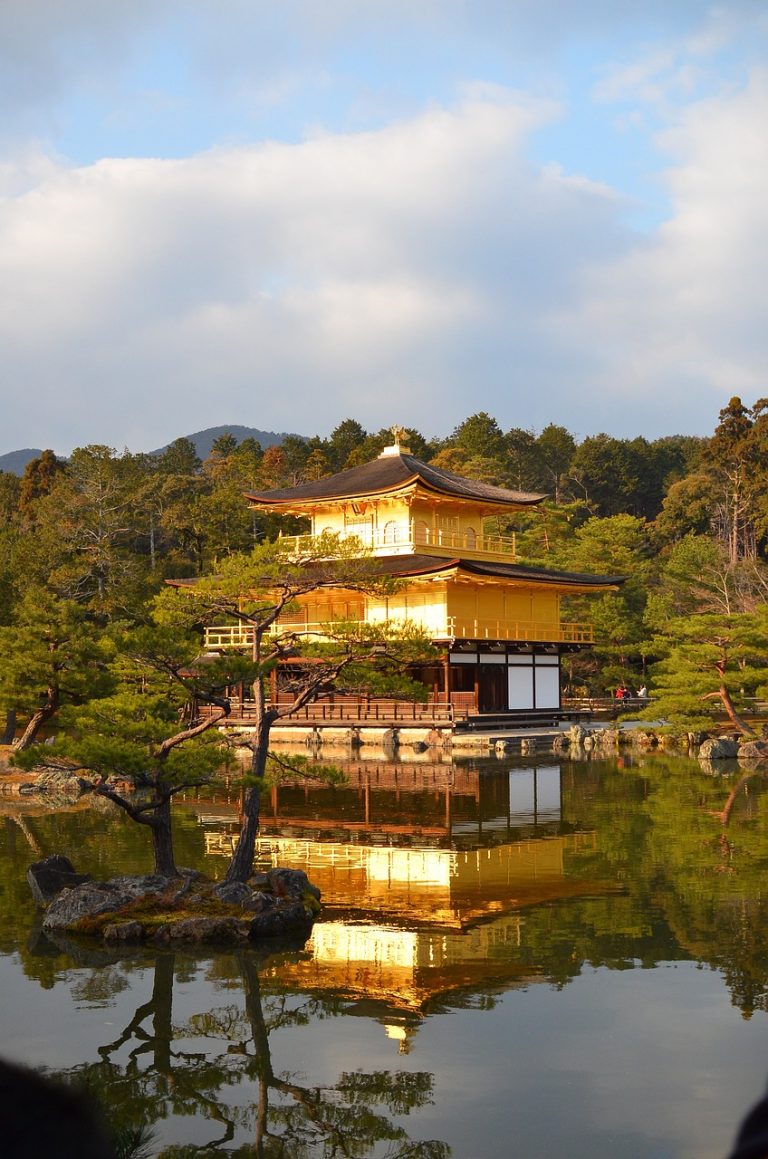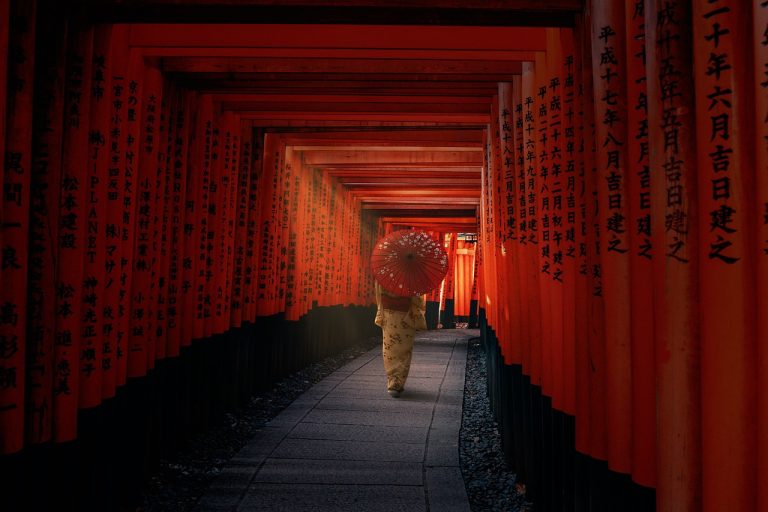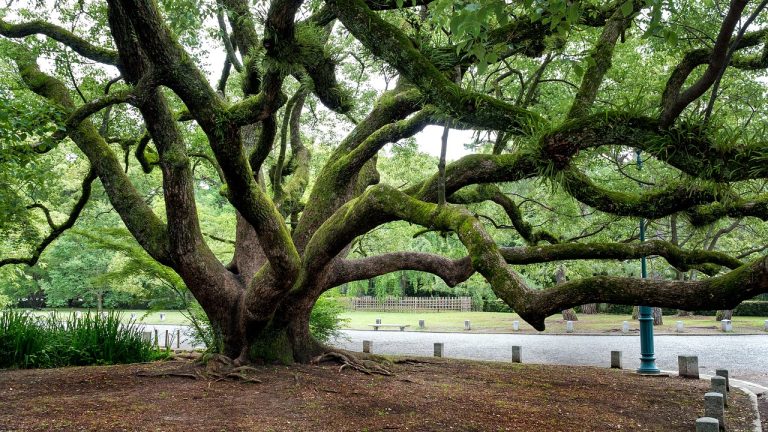Listen (English voice)
Kyoto Japan Video
Traditional Festivals and Celebrations of Kyoto Japan
Kyoto, the former capital of Japan, is renowned for its rich cultural heritage and traditional festivals. These festivals are deeply rooted in the city’s history and are celebrated with great enthusiasm and reverence. From vibrant parades to elaborate rituals, Kyoto’s traditional festivals offer a glimpse into the country’s ancient traditions and customs. Let’s explore some of the most prominent festivals and celebrations of Kyoto Japan.
Gion Matsuri
- Yamahoko Junko: One of the main highlights of the Gion Matsuri festival is the Yamahoko Junko parade. Gigantic floats, known as Yamahoko, adorned with intricate tapestries and decorations, are pulled through the streets of Kyoto. This parade attracts thousands of visitors from around the world.
- Mikoshi Procession: During the Gion Matsuri, portable shrines called Mikoshi are carried through the city streets by groups of enthusiastic locals. This procession is believed to purify the city and bring good fortune.
- Nagoshi Festival: The Nagoshi Festival, held at the Yasaka Shrine, marks the end of the Gion Matsuri. Participants walk through a large ring made of reeds, symbolizing the cleansing of sins and the welcoming of a new beginning.
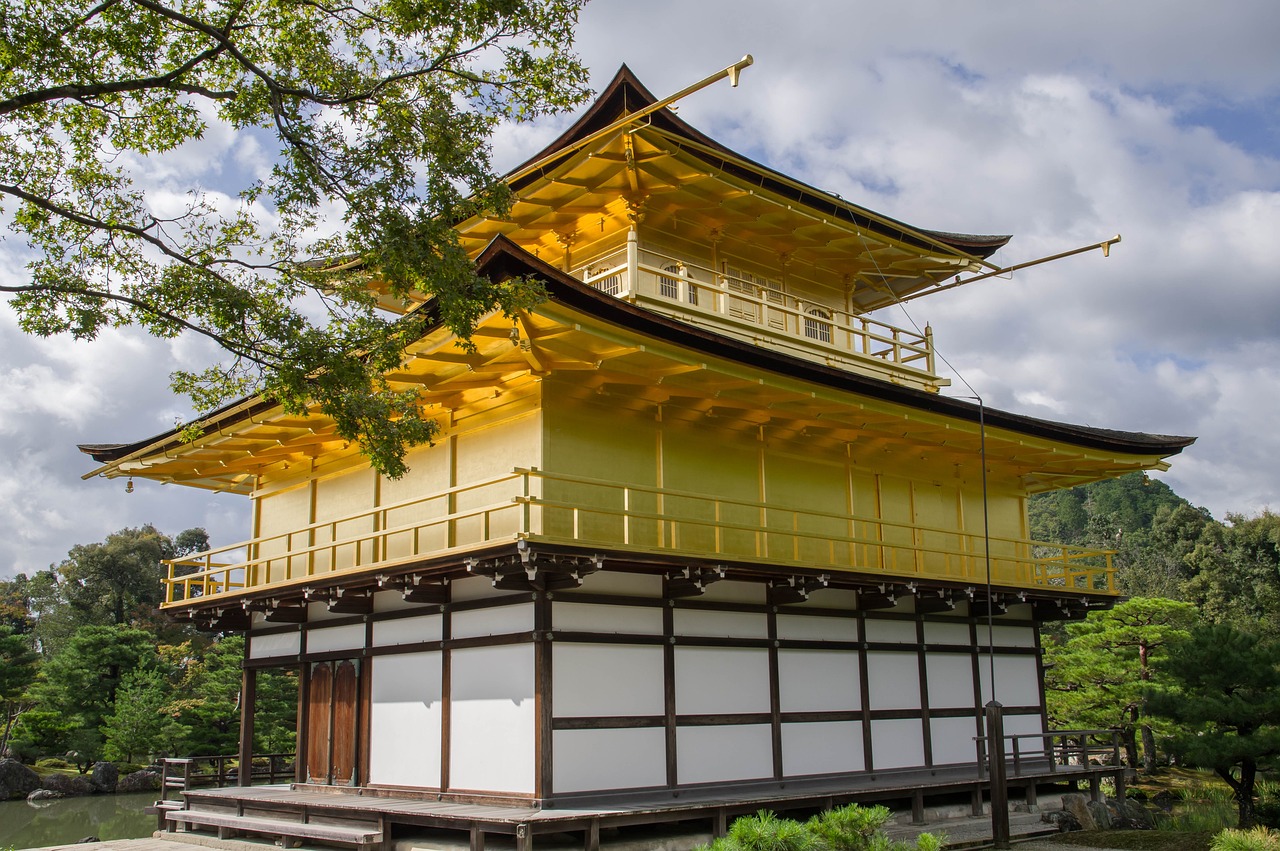
Aoi Matsuri
- Kamo Shrine Visit: The Aoi Matsuri festival begins with a visit to the Kamo Shrines, where participants offer prayers for a bountiful harvest and protection against natural disasters.
- Procession: The highlight of the Aoi Matsuri is a grand procession featuring over 500 people dressed in ancient court costumes. The procession starts from the Kyoto Imperial Palace and makes its way to the Shimogamo Shrine and Kamigamo Shrine.
- Purification Ritual: At the end of the procession, a purification ritual takes place at the Shimogamo Shrine. Participants perform various rituals to cleanse themselves and pray for good fortune.
Jidai Matsuri
- Historical Parade: The Jidai Matsuri, or Festival of the Ages, is a grand procession that showcases the history of Kyoto. Participants dress in period costumes representing different eras, from ancient times to the Meiji Restoration.
- Kyoto Imperial Palace: The procession starts from the Kyoto Imperial Palace and moves through the streets of Kyoto, attracting spectators who come to witness the rich history and culture of the city.
- Heian Shrine Ceremony: The Jidai Matsuri concludes with a ceremony at the Heian Shrine, where participants offer prayers for peace and prosperity.

Kitano Tenmangu Shrine Festivals
- Plum Blossom Festival: The Plum Blossom Festival, held in February, celebrates the blooming of plum blossoms in the Kitano Tenmangu Shrine’s garden. Visitors can enjoy the beautiful flowers and participate in traditional tea ceremonies.
- Ume Kaido Street Market: During the festival, the Ume Kaido Street Market is set up near the shrine, offering various food stalls and local handicrafts for visitors to enjoy.
- Taiko Drum Performances: Taiko drum performances are a common sight during the Kitano Tenmangu Shrine festivals. These energetic performances showcase the traditional Japanese drumming style.
Gozan no Okuribi
- Daimonji Bonfire: Gozan no Okuribi, also known as the Daimonji festival, takes place in August. The festival features the lighting of large bonfires on the mountains surrounding Kyoto, forming the shape of characters and symbols visible from the city.
- Symbolic Bonfire Shapes: The bonfires represent different symbols, including the character for “big,” boats, and various religious symbols. This festival is believed to guide the spirits of the deceased back to the spirit world.
- Fireworks: The Gozan no Okuribi festival concludes with a spectacular fireworks display, illuminating the night sky and marking the end of the summer season.
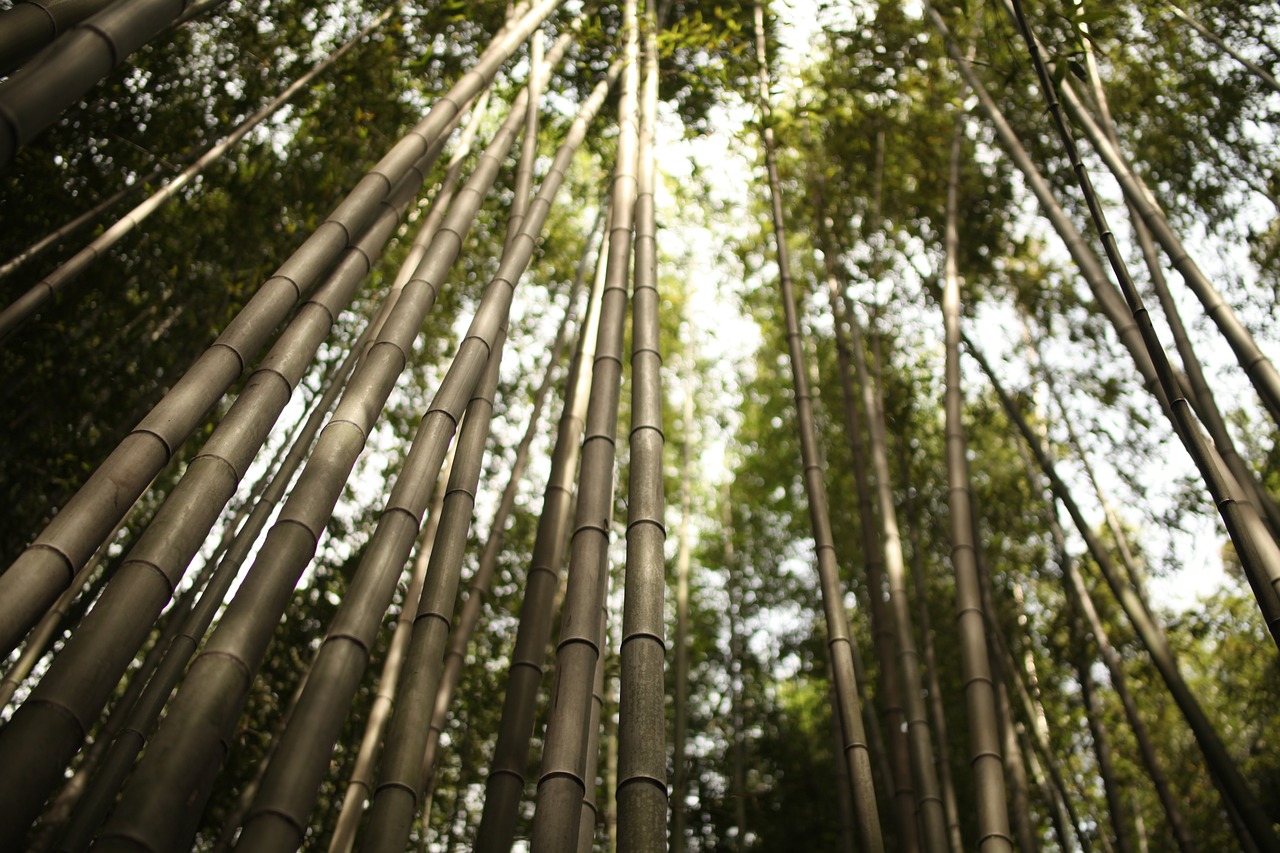
Kyoto Imperial Palace Cherry Blossom Viewing
- Cherry Blossom Season: The Kyoto Imperial Palace is a popular spot for cherry blossom viewing in spring. The palace grounds are adorned with cherry trees, creating a picturesque setting for hanami, the traditional custom of enjoying the beauty of cherry blossoms.
- Tea Ceremonies: During the cherry blossom season, tea ceremonies are often held in the palace gardens. Visitors can experience the serene atmosphere and savor a cup of matcha tea.
- Traditional Performances: Various traditional performances, such as music and dance, take place in the palace gardens during the cherry blossom season, adding to the festive ambiance.
Takigi Noh Performances at Heian Shrine
- Open-Air Noh Theater: The Takigi Noh Performances are held at the Heian Shrine in June. This unique event showcases traditional Noh theater performances in an open-air setting, with the stage beautifully illuminated by torchlight.
- Noh and Kyogen Performances: Noh and Kyogen, traditional Japanese performing arts, are featured during the Takigi Noh Performances. These ancient art forms combine music, dance, and drama to convey profound stories and emotions.
- Magical Atmosphere: The combination of the flickering torchlight, the enchanting music, and the mesmerizing performances creates a magical atmosphere that transports the audience back in time.
References
- Kyoto City Official Travel Guide: kyoto.travel
- Japan National Tourism Organization: jnto.go.jp
- Kyoto Prefecture Official Website: pref.kyoto.jp
- Japan-Guide: japan-guide.com


